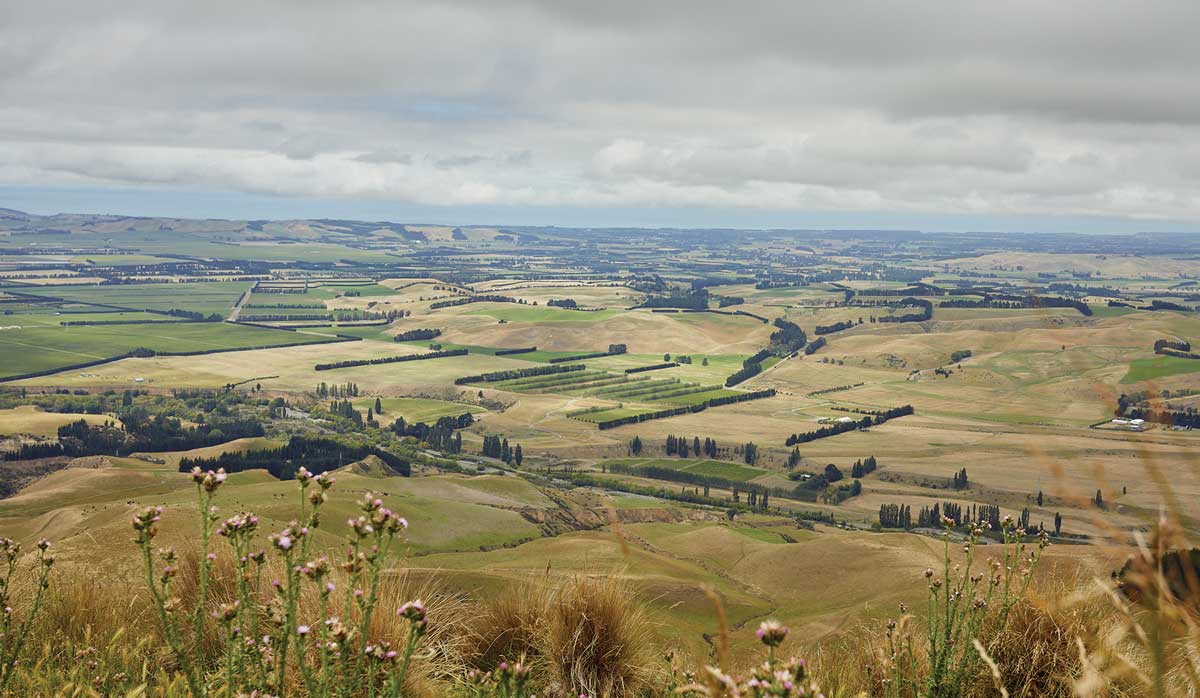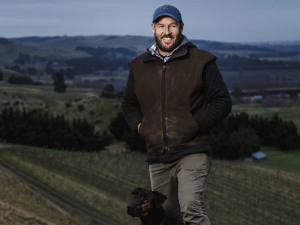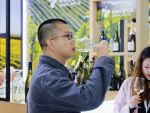Lighter crop loads proved fortuitous given cool weather continued through to the start of summer, and balanced canopies have done well in the moderate temperatures enjoyed in early 2023. “I am really happy with what we are seeing in terms of the fruit that is there,” says Mike, who is Chair of North Canterbury Winegrowers Association. “Fruit quality looks exceptional and I know some blocks around definitely have some good yields on them.” He says bunch numbers are a bit variable, particularly in Sauvignon Blanc, but Pinot Noir, Pinot Gris and Chardonnay look strong for the region. “It’s really encouraging, and the biggest thing is that the fruit is really clean. There is very little disease recorded around the region at all.”
When it comes to labour supply, the region has a “really diverse” semi-permanent workforce, with a pool of summer vineyard workers able to move on to work with a major pine seedling company after harvest, before returning for pruning. “The great stat was over Covid where the Hurunui district had the highest percentage of essential workers in the country,” Mike says. “That was down to farming but also viticulture in the region.”
North Canterbury growers work “right on the edge” of vineyard viability, with high frost risk, along with heat units “on the cusp” of what’s required to successfully grow grapes. “It’s such a marginal region,” Mike says. So they’re not in the business of chasing yields. “We are one of the last true cool climate regions, along with Central Otago. That means we do grow exceptional grapes and make magic wines.”
North Canterbury is also right on the edge of a major city, with just 60km between urban wine lovers and rural cellar doors. Locals – including those cycling the Waipara Valley Vineyard Trail – visit cellars and restaurants like Greystone’s, which is booked out most weekends, while Christchurch’s burgeoning food scene is loyal to local producers, with wine lists that support New Zealand’s “coolest little wine region”. If anything, the Covid-19 pandemic strengthened the interplay between the city and its vineyard backyard, Mike says, noting that the vast majority of people at the North Canterbury Wine & Food Festival (see page 10) will come from the city. “That’s super cool and shows the backing we have got from Christchurch.”
The area will soon trade its ‘coolest’ tagline for one that underscores how unique North Canterbury’s wines, wine folk, and neighbouring businesses are. “What we are focussing on at the moment is just how unique the region is in its own right,” says Mike. “We talk about the uniqueness of the country, but we grow exceptionally aromatic Rieslings, which is what the region was probably focussed on, and then we have these clay hillsides with Burgundy-style Chardonnay and Pinot, and then going down into the Glasnevin Gravels, which are a different soil type again, making these amazingly aromatic Sauvignons. Then on to some barrel fermented Sauvignon and bottle conditioned Pét Nat as well. So wine-style wise we produce it all. We’re not focussed on one variety; we have the unique soil type and weather microclimates to produce a range of varieties really well and make a really diverse range of wines.”
It’s a point of difference worth celebrating, he says. “That thread of uniqueness travels through the people and the winemakers and the viticulturists of the region. We’re a really diverse bunch of characters.” And it’s true too of other operators, from craft brewers and gin distillers to tourism ventures working with wineries, he adds. “The big thing for us is just how unique and diverse the region is, and it’s definitely something we will be focussing on and using as a marketing tool going forward.”
 |
|---|
|
The Bone Line |
The region’s success is in its diversity, agrees Jack Hill from The Bone Line. “We have a range of soil types and microclimates across the region, so what suits one vineyard may not suit another. It’s an exciting region to visit because of this as you get to visit many different vineyards with different ethos and approaches to making wine, and you will also get to taste a range of different varieties.”
Many operators have developed their own niche, “making us less competitive with one another”, he adds. “We all recommend each other’s cellar doors and wines to visitors hoping that everyone finds what suits them best.” The industry is made up of dedicated people working hard and getting their hands dirty, including a number of family businesses like The Bone Line. “There may not be as many multimillion-dollar cellar doors as other wine regions, but what we do have is passion, hands on experience and tasteful well-styled wineries with everyone showing what’s special about their corner of the region.”
Being known as North Canterbury instead of Waipara brings a broader range of wineries into the stable, which is advantageous to them all, Jack says. “I feel like there is a collaborative approach these days.”














